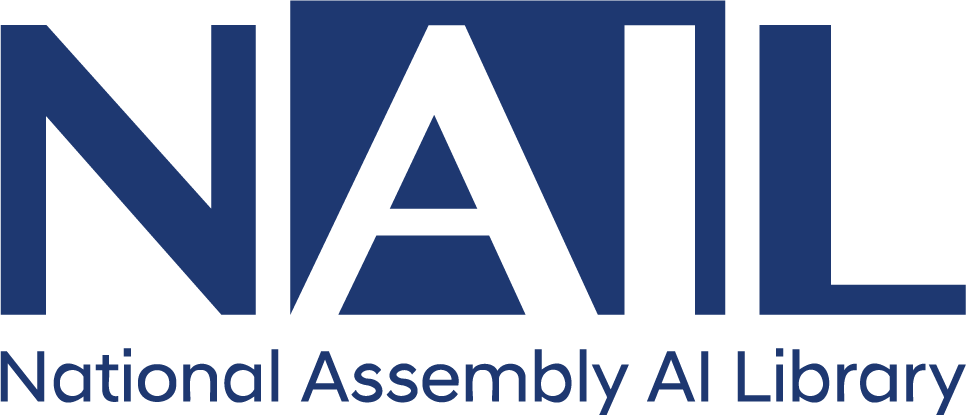목차
Title page 1
Contents 3
Acknowledgements 4
Abbreviations and acronyms used throughout this report series 6
1. Objectives of the Malaysian Plastic Circularity Series 7
2. Approach and methodology 8
3. Current global situation 10
4. Current situation in Malaysia 17
5. Overview of opportunities 21
Tables 18
Table 1. Top importers of HS 3915 plastic waste globally, 2019 to 2023 18
Table 2. Selected examples of best practices in designing plastic products for recycling (non-exhaustive) 22
Table 3. Selected examples of initiatives or organizations for design-for-recycling guidelines 22
Table 4. Summary of opportunities in the Malaysian Plastic Circularity Series 23
Figures 8
Figure 1. Malaysian plastic waste value chain 8
Figure 2. Social, environmental, and economic consequences of plastic waste trade 10
Figure 3. Comparison of the climate impact of different plastics, low-density polyethylene (LDPE), production options 12
Figure 4. Plastic usage across sectors by resin type, 2022 13
Figure 5. Overview of plastic reduction strategies 14
Figure 6. Example of initiatives in reuse and refill systems 16
Figure 7/Figure 8. Top exporters of HS 3915 to Malaysia, 2019 to 2023 18
Figure 8/Figure 9. Breakdown of plastic consumption by revenue and sector in Malaysia, 2023 19
Figure 9/Figure 10. National targets for plastics sustainability in Malaysia 20
Figure 10/Figure 11. Selected examples of collection and aggregation channels by sector in Malaysia, 2023 22
Boxes 11
Box 1. EUROPEAN UNION WASTE SHIPMENTS ACT 2024/1157 11
Box 2. OPEN-LOOP VS CLOSED-LOOP RECYCLING 12
Box 3. LIGHTWEIGHTING ON COCA-COLA PRODUCTS 15
Box 4. LABEL-FREE DRINK BY MASTER KONG 15
Box 5. FREE THE SEED - BIODEGRADABLE PACKAGING FROM RICE STRAW IN MALAYSIA 15



